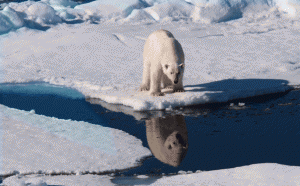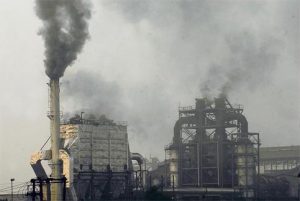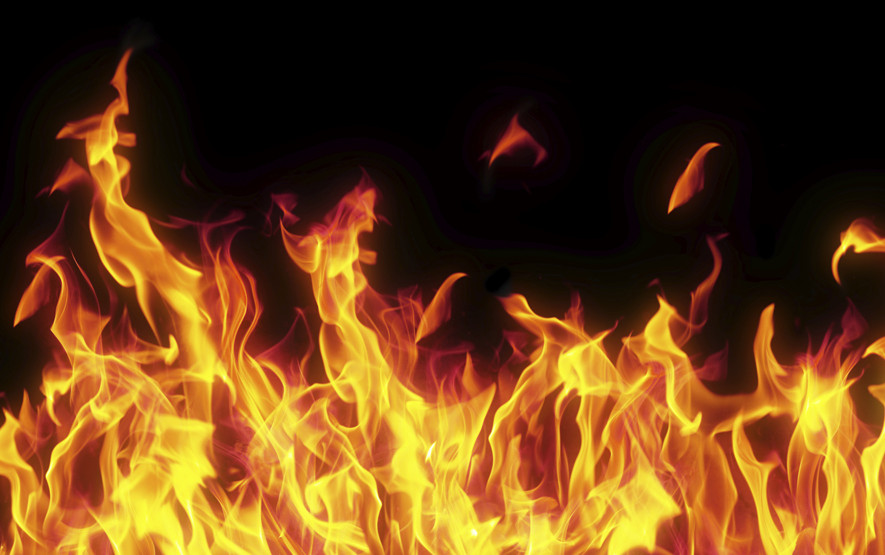Question 1:

One fine winter morning in Finland, John awoke to see clear blue skies with cotton clouds outside his window. He decided to venture out into the woods and hike up the mountain just a few kilometres away from his countryside house. He assembled his hiking gear, grabbed his winter jacket, and promptly began his journey.
The feeling of having forgotten something lingered in John’s minds from the time he locked his house doors. He could not pinpoint what he had seemingly forgotten. Nevertheless, he trudged on. In the forest, his feet crunched away at the snow and gravel on the deserted bike trail when a sudden gust of wind blew, rustling the snow-laden branches overhead and the some of the snow fell. He felt lucky as his winter jacket had a hoodie that prevented the snow from landing on him and melting because of body heat. He could get cold if he was wet. It was then he realised that he had forgotten his water bottle.
John did not want to make a detour home for water as it would waste precious daylight. He recalled what his high school teacher taught them about purifying water for drinking. There were several methods, he recalled, and the danger of drinking non-purified water is that bacteria and harmful organisms like salmonella could be present [1].

He found a river hidden in the forest, where most of the water had froze over, leaving a small trickle that came from the mountains. He stopped in his tracks and decided to try the first method of purifying water for drinking. The first method of purifying water is by boiling. In science class, John was taught that the boiling point of water decreases as atmospheric temperature decreases. . Thankfully he was still at an approximate altitude near sea-level (1 atm of pressure). He took out a matchbox and started a small fire. John knew that the number of microorganisms can be reduced to non-detectable levels, simply by raising the temperature of water to roughly 65 ºC [3]. In addition, he could build a bigger fire in an attempt to raise the temperature to 100ºC (at 1 atm) where boiling occurs. At 100ºC, most bacteria and microorganisms will be killed. However, John was wary that water could still be contaminated with chemicals.
John’s memory was jolted when he recalled watching a documentary about filtration devices. He was certain that by using a filtration device, water could be easily purified and drinkable, and does not need removing his gloves to light a match in the cold. To his dismay, he did not have any with him.

He had an idea of using finely packed sand to filter water. He looked around, and realised that all that surrounded him were sheets of white snow. The sand was buried beneath 1 feet of snow. Well, he could dig for the sand, but it would render him more thirsty in the end. Nope, he ruled it out.
John sat by the river bank, pondering if there were any other methods of water purification. He ruled out distillation, as it was a time consuming method given that he only had a few matchsticks remaining. He thought of chemical methods, such as using chlorine or iodine, but there was a smell which he did not like [4, 5]. Nope, he ruled it out as well.
At last, a decision was made to head back home where it had safe drinking water. It was unfortunate that John had to cut his hike short, but he trusted in the municipal water system to provide clean and drinkable water. John was confident of the town’s method of water purification through the concurrent use of coagulation and flocculation, sedimentation, filtration, and disinfection [6].
References:
[1] Caterina Levantesia et al. Salmonella in surface and drinking water: Occurrence and water-mediated transmission.
[2] The Engineering Toolbox. Boiling Point of Water and Altitude. Retrieved from http://www.engineeringtoolbox.com/boiling-points-water-altitude-d_1344.html.
[3] Robert Angelotti et al. Time-Temperature Effects on Salmonellae and Staphylococci in Foods
II. Thermal Death Time Studies.
[4] Drinking Water and Chlorine Odor, http://www.waterandhealth.org/drinking-water-chlorine-odor/
[5] How To Purify Water With Iodine For Survival, http://www.survivopedia.com/how-to-purify-water-with-iodine/
[6] Community water treatment, https://www.cdc.gov/healthywater/drinking/public/water_treatment.html.
Question 2:
Water can be purified to drinking standards through the use of desalination. There are two main methods, distillation and reverse osmosis.
Distillation is a process in which heat is supplied to non-purified water in order to evaporate the water. Once evaporated, the water vapour is cooled in the condenser, and will condensed water will be collected in a flask as seen in the figure above.
One drawback of distillation is that it requires energy to heat water to its boiling point. The specific heat capacity and latent heat of water does not change, hence despite technological advances, the amount of energy needed to evaporate the water is the same. Energy is also required for the pumping of water through the condenser.
Osmosis is a natural process in which water is passed through a concentration gradient (from high concentration of water to low concentration of water) through a partially permeable membrane. Osmosis will take place even in the absence of supplied energy, so long as the concentration gradient is present.
Reverse osmosis is not a natural process in that it requires energy to pump water through the membrane. The figure above highlights that pressure (energy to supply this pressure) is applied on water with high salt concentration through the partially permeable membrane.
The downside of reverse osmosis compared to distillation is that there could still be dissolved chemicals lingering after passing through the membrane. Reverse osmosis also requires the frequent replacing of membranes to ensure that it functions properly [1].
In general, distillation and reverse osmosis are desalination techniques that require huge amounts of energy and costs for purification.
References:
[1] M. Shanker et al. Is Reverse Osmosis Effective for Produced Water Purification? Viability and Economic Analysis, SPE 115952.
Question 3:
Water which has high acidity or low mineral content causes pipes and solder joints to corrode, enabling the lead to be present in drinking water [1].
In a chemical engineering department, it is inevitable that lead is used in experiments. There are two possible outcomes. Lead that is disposed into the drainage system will get into the sewage system which will account for elevated lead levels. Lead that is properly disposed of will not account for these elevated lead levels.
References:
[1] How Lead Gets into Drinking Water. https://www.epa.gov/ground-water-and-drinking-water/basic-information-about-lead-drinking-water#getinto
Question 4:
Vitamins B and C are water soluble, while vitamins A, D, E, and K are fat soluble.
The main difference between water solubility and fat solubility stems from the polarity of molecules [1].

When polarity is mentioned, it does not have anything to do with polar bears. A polar molecule means that it has an overall non-zero dipole moment, where there is a separation of charge, inducing electronegativity in the molecule [2].
Water soluble vitamins are overall polar. These vitamins contain polar groups that outweigh the non-polar groups. This non-zero polarity will cause these molecules to mix with water molecules as water molecules themselves are polar.
Fat soluble vitamins are overall non-polar. These molecules may contain polar groups, but are outweighed by non-polar groups, enabling them to mix with non-polar lipids, which render them fat soluble.
References:
[1] Are Vitamins Non-polar? http://allvitahealth.blogspot.sg/2015/08/are-vitamins-non-polar.html
[2] Dipole Moments, https://chem.libretexts.org/Core/Physical_and_Theoretical_Chemistry/Physical_Properties_of_Matter/Atomic_and_Molecular_Properties/Dipole_Moments






